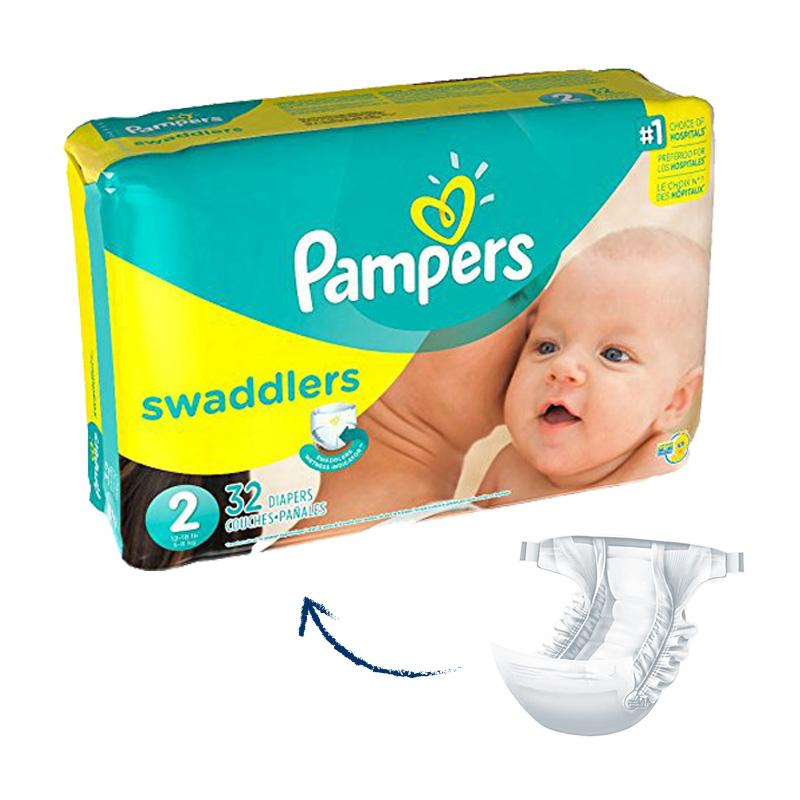
# Dog Food Packaging Bag: Essential Guide for Pet Owners
## Understanding Dog Food Packaging Bags
Dog food packaging bags play a crucial role in preserving the quality and freshness of your pet’s food. These specialized bags are designed to protect the contents from moisture, air, and contaminants that could compromise the nutritional value of the dog food.
Modern dog food packaging comes in various forms, including stand-up pouches, flat bags, and resealable options. The choice of packaging depends on factors like the type of food (dry kibble, wet food, or treats), the quantity, and the desired shelf life.
## Key Features of Quality Dog Food Packaging
When selecting dog food packaging, pet owners should look for several important features:
– **Barrier Protection**: High-quality bags use multiple layers to block oxygen, moisture, and light
– **Durability**: The material should resist punctures and tears during handling and transportation
– **Resealability**: Many modern bags feature zip-lock closures or other resealing mechanisms
– **Print Quality**: Clear labeling with nutritional information and feeding guidelines
– **Sustainability**: Increasingly, manufacturers are offering eco-friendly packaging options
## Types of Dog Food Packaging Materials
Manufacturers use different materials for dog food bags, each with its own advantages:
1. **Multi-layer Plastic**: Most common type, combining different plastic films for optimal protection
2. **Foil-lined Bags**: Provide excellent barrier properties against moisture and oxygen
3. **Paper-based Packaging**: Often used for more eco-conscious brands, sometimes with plastic liners
4. **Biodegradable Options**: Emerging technology using plant-based materials
## How to Store Dog Food Properly
Proper storage is essential to maintain your dog food’s freshness:
Always keep the bag in a cool, dry place away from direct sunlight. After opening, fold the top of the bag tightly and use the built-in resealable feature if available. For added protection, consider transferring the food to an airtight container while keeping it in its original packaging (place the entire bag inside the container). This maintains the food’s freshness while preserving important batch information and expiration dates.
## Reading and Understanding Dog Food Labels
The packaging bag contains vital information every pet owner should understand:
Front Panel Information
This typically includes the brand name, product name, and sometimes key nutritional claims. Look for the AAFCO statement which indicates the food meets nutritional standards.
Keyword: dog food packaging bag
Back Panel Details
The back of the bag provides more comprehensive information including:
- Guaranteed analysis (protein, fat, fiber, and moisture content)
- Ingredient list (in descending order by weight)
- Feeding guidelines
- Manufacturer contact information
## Environmental Considerations
With growing environmental awareness, many pet owners are seeking sustainable packaging options:
Some manufacturers now offer recyclable or compostable dog food bags. Others have implemented take-back programs where used packaging can be returned for proper recycling. When possible, choose larger bags to reduce packaging waste per serving, and always check local recycling guidelines for proper disposal methods.
## Choosing the Right Size Packaging
Selecting the appropriate bag size is important for both freshness and convenience:
For single-dog households or small breeds, smaller bags (5-15 lbs) may be preferable to ensure the food stays fresh. Multi-dog households or large breed owners might benefit from larger bags (30-40 lbs) for better value, provided they can store it properly. Remember that once opened, dry dog food typically stays fresh for about 4-6 weeks.
## Safety Considerations
Always inspect dog food packaging before purchase and use:
Check for any signs of damage, punctures, or swelling which could indicate compromised quality. Ensure the bag has proper